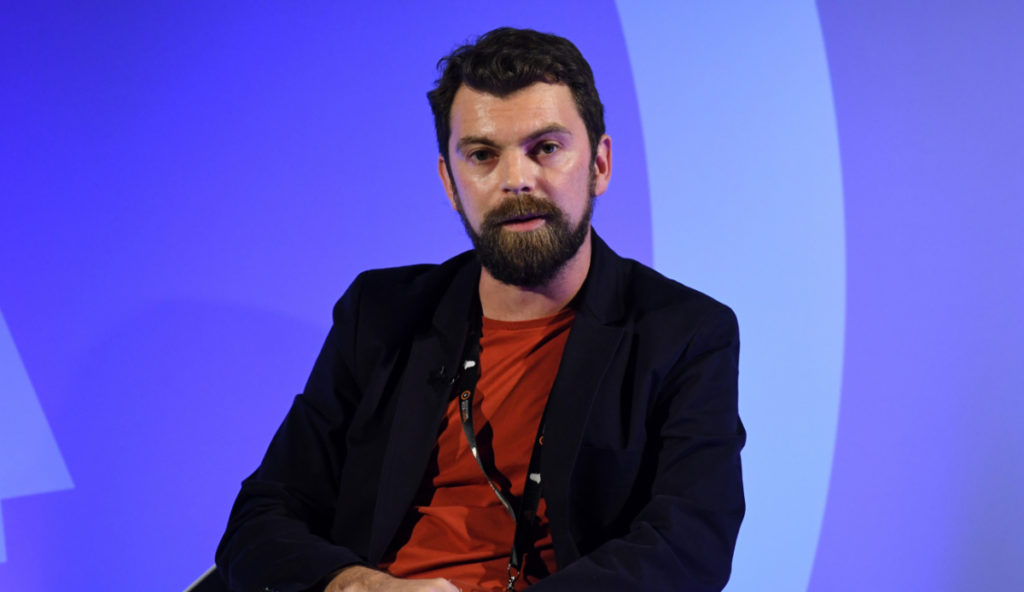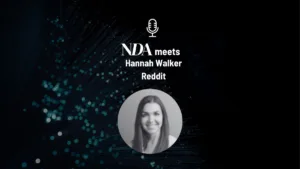By Luc Benyon, VP Marketing, Video Intelligence
With a vision of a creatively diverse madtech world, in a series of articles Luc will investigate the shape of branding in the digital media and marketing industry. Each article will dive into a different topic, and bring out examples of real campaigns and branding from across the tech sector.
Have you looked around recently? Media and technology brands are trying to communicate their individuality, but ending up looking… the same
Our sector has a serious challenge: how to communicate sophisticated technological concepts and products to a well-educated audience, while differentiating from their competitors, who likely have almost identical products.
Popping up like a breath of fresh air, illustration is one of the key assets that technology companies employ to help soften their image, and appear more relatable, counteracting the effect of tech jargon, data, and other ‘sterile’ associations.
This is a realisation that tech brands came to years ago, and the popularity of illustration in their branding has grown and grown.
In fact, tech illustration has become so popular that it’s now somewhat homogenised, earning it’s own style name – ‘Corporate Memphis’. Epitomized by brightly coloured, energetic, oddly proportioned, yet strangely anonymous figures, Corporate Memphis has been used by platforms like Facebook, Slack, Hinge and Airtable, to name a few.
Detractors of this approach argue that the ubiquity of the style has rendered it powerless, as tech brands fall into the very sea of sameness they sought to avoid. The very tool originally designed to distinguish now in fact does the opposite.
Describing the style on graphic design blog AIGA, Rachel Hawley argued, “For these companies, adopting a visual language that signals positivity and connectedness is a tool to paper over the social and political harm and divisiveness their products create—and illustration has increasingly become a centerpiece of the strategy.”
While most of us in the tech sector would take umbrage with that analysis, there’s no denying that this visual language can be seen everywhere.
Tools like Pinterest and Pictofigo are perhaps most guilty of driving this homogenisation. It’s not just in branding – interior design, restaurants, and gardening all succumb to trends derived directly from popular Pinterest boards. As soon as something is a trend there’s a natural backlash, especially in branding where distinctiveness should be a core strategy.
It reminds me of the old saying about authentic travelling – read the Lonely Planet guide to your destination from cover to cover; then make sure to avoid everywhere it mentions.
So, in branding, should we aim to produce styles that have barely made a scratch on the big Pinterest boards? How can we differentiate?
An interesting case-in-point is B2B teamwork specialists Atlassian (makers of Jira, Trello and Confluence), who have fully embraced the power of illustration, yet avoided mundanity. Its recent ‘Open for interpretation’ campaign saw them brief a collection of multidisciplinary artists to explore what the concept of ‘open’ meant to them. The result is a stunning and hugely varied set of visual content – including a many illustration styles. Its website and communications also feature originally-commissioned illustration from a host of artists. This craft-led approach to brand comms speaks to the company’s approach to work life, product development, and is no doubt a factor in its continued success.
It’s likely that we’ll see brands in our sector move beyond these stylised illustrations into other crafts. For example, every graphic designer I speak to highlights the need to learn and deliver more animation. Beyond that there are myriad visual styles to explore with our brand identities.
Consider data-crunching product clay, which use the tangible feel of the material clay to boost their claim to making (moulding…) data lists easily. Their simple, charming, 3D illustrations feature very subtle aspects of movement, bringing in a welcome additional dynamic.
Illustration is an ever-evolving craft, with many, many styles on display. If we look a bit further afield than our immediate peers, we can find ways to bring life to our products that distinguish us, rather than bind us.









